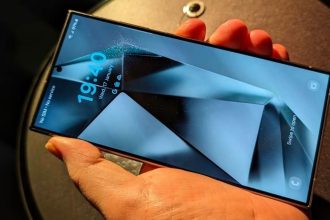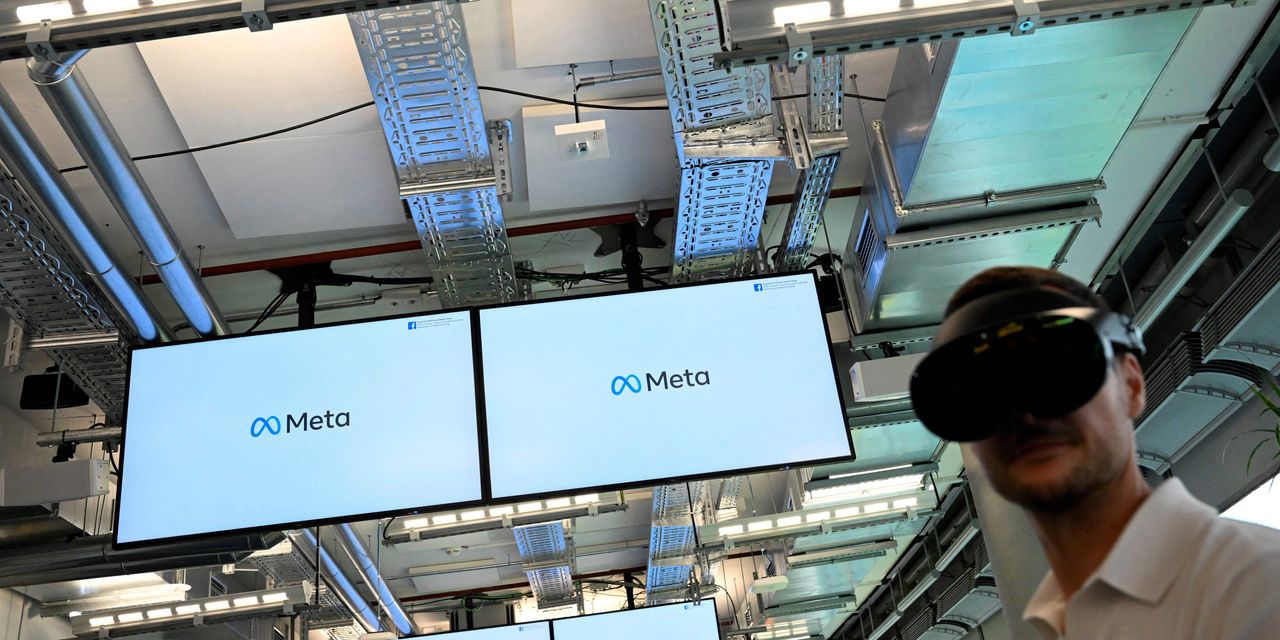Talk about a crazy market—high-volatility and high-quality stocks have both rallied this year. That isn’t normal, but there is an explanation.
Usually, when investors are buying high-volatility stocks, sending them upward, they are selling out of quality names. The idea is to capture upside from higher earnings as the economy turns around, something that many high-volatility stocks benefit the most from.
Conversely, investors will buy higher-quality names, sometimes by selling out of the economically sensitive, more volatile ones, to protect their portfolios against hard times economically. Quality names usually have some combination of earnings consistency and lots of cash on their balance sheets.
This trade-off isn’t exactly how the market has moved this year. The
Invesco S&P
500 High Beta ETF (ticker: SPHB), which selects the 100 most volatile stocks in the
S&P 500,
has gained about 20% this year. And still, the
Invesco S&P 500 Quality ETF
(SPHQ), which chooses companies with various attributes such as high return on equity—an efficiency metric that shows earnings as a percentage of net assets—is up just under 13% this year. At a glance, both funds running together seems strange.
To understand why this is happening, start with the high volatility part of the equation. The economically sensitive names have risen as markets have conviction that demand for goods and services will improve soon enough. The idea is the Federal Reserve is nearing the end of its campaign of interest-rate increases, which is meant cool inflation by tamping down demand.
Among economically sensitive stocks,
Generac
(GNRC), which sells power generators to homeowners and businesses, is up over 50% this year.
Royal Caribbean Group
(RCL) has more than doubled, and
Norwegian Cruise Line
(NCLH) is up about 75%.
Caesars Entertainment
(CZR) is up more than 15%.
The fund is fairly equal-weighted, so other stocks are contributing to the gains, including Big Tech.
Nvidia
(NVDA), the fund’s largest holding at not even 2%, has almost tripled. Its volatility partly comes from movements in its price/earnings multiple, which reflects changes in the long-term outlook for earnings growth and how much of a premium investors are willing to pay for those future profits.
That premium rises when the market sees rates staying stable or falling. The stock has surged because artificial intelligence is expanding the market for chips.
Meta Platforms
(META) has more than doubled this year.
Why, then, is quality’s performance hanging in there versus high volatility? The simple answer is that Big Tech is also in the quality bucket—and it remains a high-growth group, which benefits from stable rates.
“When you unwind recession and you unwind inflation, that’s why you can have beta and quality working at the same time,” says Victor Cossel, macro strategist at Seaport Global Securities.
Apple
(AAPL),
Microsoft
(MSFT,) and
Alphabet
(GOOGL) are up between 33% and 51% this year. The latter two are benefiting from larger markets because of their AI advancements, while the beloved Apple has gotten swept up in the broader tech rally. Chip maker
Broadcom
(AVGO) is up more than 50%.
These stocks plus Nvidia and Meta account for almost 30% of the quality fund because they have such high-quality scores. If the fund were equal-weighted, stripping out the outsize effect of these stocks, it would be up less than 9% for the year, according to Dow Jones Market Data, less than half the gains in high-volatility names.
Tech is high quality because, even though it has its own drivers of volatility, it has redeeming factors. Apple has so much cash, it seems nobody can compete with it for very long. Microsoft’s return on equity in 2022 was about 44%, versus the S&P 500’s aggregate 21%, according to FactSet.
Sometimes high volatility stocks and high quality actually run together. Don’t be fooled by traditional market theory.
Write to Jacob Sonenshine at [email protected]
Read the full article here




